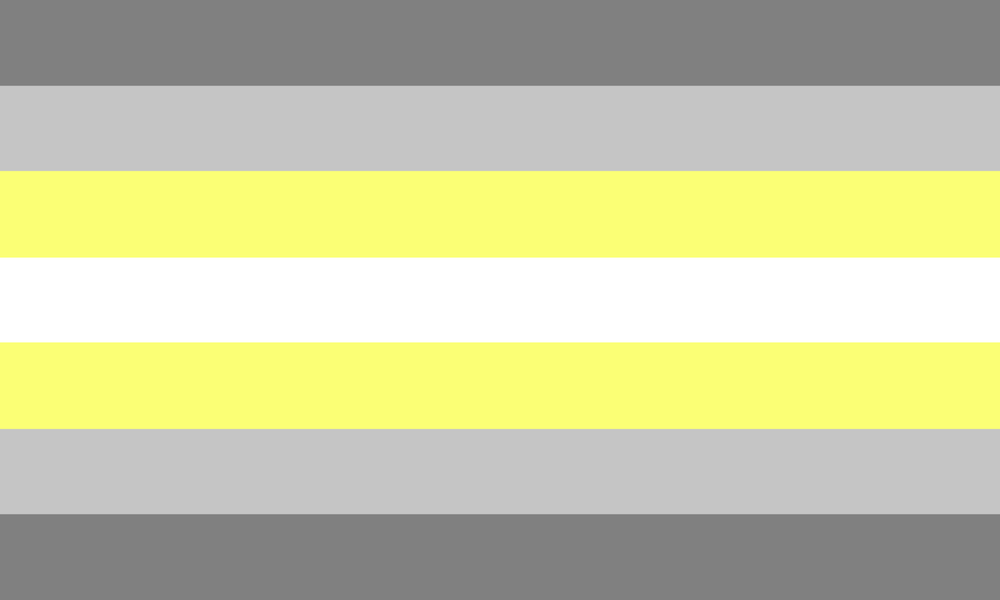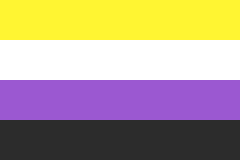Demigender Identities

Table of Content
Gender is a spectrum, meaning that people don’t necessarily fall neatly into a single category. The demigender identities reflect this. Demigender is an umbrella term that refers to nonbinary gender identities that have a partial connection to the concept of another gender.
Terminology
Here are some terms that will help anyone interested understand demigender identities better.
Demigender
An umbrella term that refers to a person who identifies partially with a specific gender identity marker.
Assigned Gender
The gender a person is given or presumed to have at birth based on their primary sex traits. Sometimes called sex assigned at birth.
Gender Expression
The way a person expresses their gender identity through clothing, speech, hairstyle, mannerisms, etc.
Demiboy or Demigirl
May also be referred to using the terms demigal or demiguy. These are identities under the label demigender. They refer to people who partially identify as boy/man or woman/girl.
Gender Identity
A person’s deeply felt understanding of their own gender. This may or may not align with their sex ssigned at birth.
Trans Feminine
A person who was assigned male at birth but identifies as primarily feminine. They may be nonbinary, transgender, or another identity.
Trans Masculine
Similar to trans feminine, only assigned female at birth but identifies as more masculine.
Nonbinary
Nonbinary gender identities include those who do not identify with the male or female binary categories.
Gender Fluid
A gender identity that changes over time or intermittently.
Genderqueer
A term that may refer to gender identities not within the binary. Some people self-identify as genderqueer as a way to make a personal or political statement rejecting traditional views on gender.
Agender
Agender people don’t identify with any gender.
Bigender
A person who identifies with two distinct gender identities.
Gender Dysphoria
Distress associated with a disparity between a person’s gender identity and their assigned gender.
Cisgender
A person whose gender identity aligns with their assigned gender and biological sex.
Gender Spectrum
The concept that there aren’t just two genders, but that gender identity exists on a spectrum with many people not falling at one end of the spectrum or another.
History And Further Exploration of Demigender Identities
In the 2010s, a broader discussion about gender began online. During this time, users on platforms like Tumblr and Reddit began sharing their stories and perspectives on the topic of gender. Terms like demigender emerged as people realized there were nuances to non-binary gender identities. Additionally, terms like demigender have become part of scholarly discussions on gender as a social construct.
Exploring Demigender Identities
These identities are part of a broader non-binary umbrella and represent people who feel some connection to a certain gender. A demigender person partially identifies with a gender, but doesn’t fully align with it. This partial identification may be with the feminine, masculine, or other elements of gender. This leads to an identity of gender that is neither binary nor non-binary.
For example, the terms demigal or demigirl describe a person who partially identifies as a girl or woman. A demiboy partially identifies with being a man or boy. Some may feel a connection to two or more genders, or with other partial genders. This can lead to real physical discomfort when those identities don’t align with society’s expectations.
Demigender people are like other non-binary individuals in that they may feel different levels of connections to the concept of gender, often identifying with one particular gender more or less than others. This shows that the absolute self-identification with a specific gender is not required for a person to understand one’s gender experience.
It doesn’t matter if someone feels strongly connected or only a partial connection. Whether a person identifies as demigender solely depends on their feeling connected to more than one gender. It may even be the barest association.
Flags And Symbols
Here are some flags that represent people who identify as demigender, non-binary, transgender, or other gender markers.
Demigender Flag

The demigender has seven stripes. The two outer stripes are dark gray and those are followed by lighter gray stripes. These represent absence of gender. The yellow is for nonbinary gender identities, and the white stripe stands for partial connection to a gender. It may also be labeled a deminonbinary flag.
Non-Binary Flag

Nonbinary Pride flag.
Am I Demigender?
If you feel an ambivalent or partial connection to a certain gender, or you don’t fully identify with what you were assigned at birth (e.g. assigned female or assigned male), you might be demigender. Demigender individuals have a partial connection to one gender, two or more genders, of other partial genders. You might feel fully or partially fluid, or as if you go back and forth between genders.
Consider how you feel about what you see as the feminine or masculine element of gender and how those resonate with you. Demigender people, demiboys, and demigirls often feel a connection to these things, but not feel wholly binary identified. Ultimately, this solely depends on what term you believe is the best fit for you.
How to Support Someone Who is Demigender?
The most important aspect of supporting a demigender person is respecting that they feel only a limited connection to a certain gender. Avoid attempts to pressure them to pick or feel connection to to a single identity. Their absolute self identification should be enough, even if you don’t understand why a person does not feel wholly binary identified. You can also encourage their exploration and celebrate them as appropriate – example: acknowledging Demigirl Pride Day or Demiboy Pride Day in a small way. Finally, simply learning more about identity is a way to understand, support, and feel connection to non binary people
Share this post:
What do you think?



